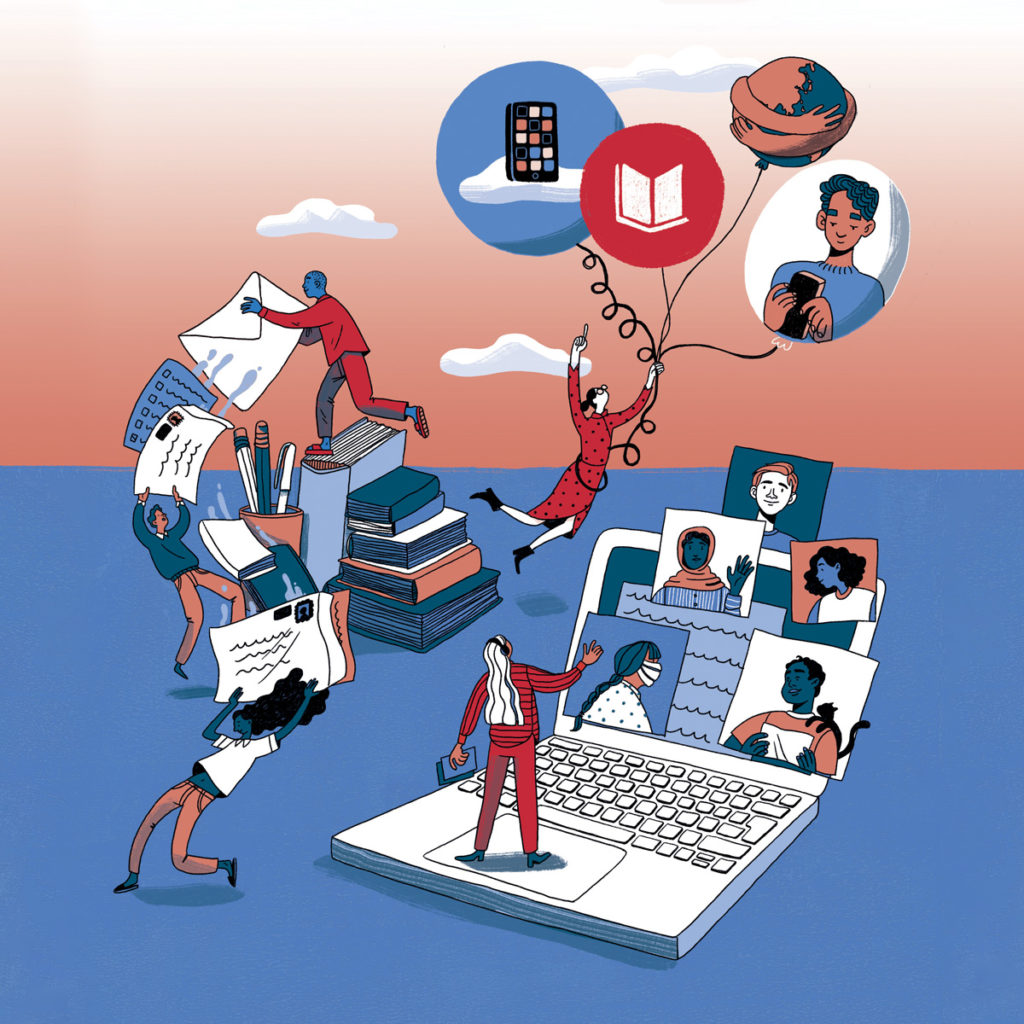NEW YORK – World Teachers’ Day has been observed annually on October 5 since 1994 as a joint endeavor between UNESCO, UNICEF, the International Labor Organization, and Education International. (Education International is a federation of global teachers’ unions.)

The theme for World Teachers’ Day 2020 is, “Teachers: Leading in crisis, reimagining the future.” With the UN Sustainable Development Goals and the continuing effects of the COVID-19 pandemic taking center stage, sessions and observances will be focused on dimensions:
- Reviewing achievements
- Dealing with the challenges of achieving SDG 4 on education and of coping with the coronavirus.
Reviewing Achievements
The goal of SDG 4 is to “Ensure inclusive and equitable quality education and promote lifelong learning opportunities for all.” The 2020 Sustainable Goals Development Report disparaged the achievements made toward Goal 4 now that we are one-third of the way through the 15-year time frame for reaching the goals.
The report said that, even before the COVID-19 crisis, “progress toward inclusive and equitable quality education was too slow.” (Emphasis theirs) The report projects that more than 200 million children will still not be attending school by 2030.
Coping with COVID-19
The SDG report included references to the existing inequalities exacerbated by the COVID-19 pandemic. The UNESCO GEM Report indicates that existing statistics for secondary education completion rates from the poorest to the wealthiest households.
| Country Type | Poorest | Wealthiest | Average* |
| Low income | 4% | 36% | 16% |
| Lower middle income | 14% | 72% | 42% |
| Upper middle income | 51% | 79% | 59% |
| High income | 75% | 89% | 82% |
* Average is derived from a compilation of nine factors, including the poorest and wealthiest households.
The disparity is so great that, for example, in countries like Mozambique and Nepal, the education completion rate averages a mere 7%. The averages in Niger, Burkina-Faso, Equatorial Guinea, and South Sudan are even lower.
In just nine months, COVID-19 school closures have reversed years of progress in education as many as 90% of all students were at least temporarily out of school.
Challenges Ahead
It remains to be seen how many children who had been attending school will return. While online learning appears to be a viable option for many children, the unvarnished fact is that “at least 500 million students” have no access to remote learning. That includes children in the United States and all around the globe.
Many countries do not even have adequately trained teachers. In Sub-Saharan Africa, only 64% of primary teachers are trained. It is even worse at the secondary level, with only half of those filling the role of teacher being trained.
The SDG 4 goal is most likely insurmountable. Remember, The goal is not primarily about access to education. It is about gaining a quality education for all.
Honor the Teachers
Many teachers are already bearing the heavy burden of innovating and caring for their students as they are accustomed to and as they should when they are acting in loco parentis. Wealthy nations or poor, these faithful men and women are being stretched to the limits of their abilities mentally, physically, and emotionally.
Please, set aside some time to pray for teachers on October 5. Write a list of the teachers you know, then pray for their specific needs. Pray for teachers everywhere. And don’t forget to pray for the children.
Read more news on Children’s Education and the COVID 19 Pandemic on Missions Box.
GFA’s Statement About Coronavirus
Sources:
- UNESCO, World Teachers’ Day 2020
- UN SDG, Goal 4
- UNESCO, GEM Report




